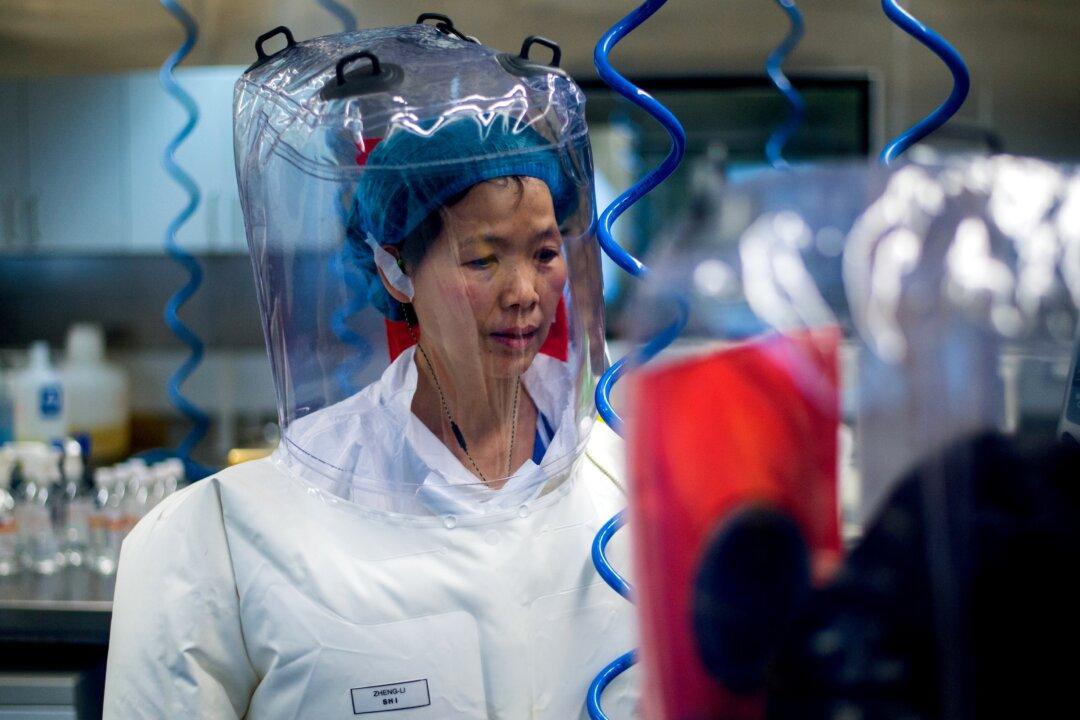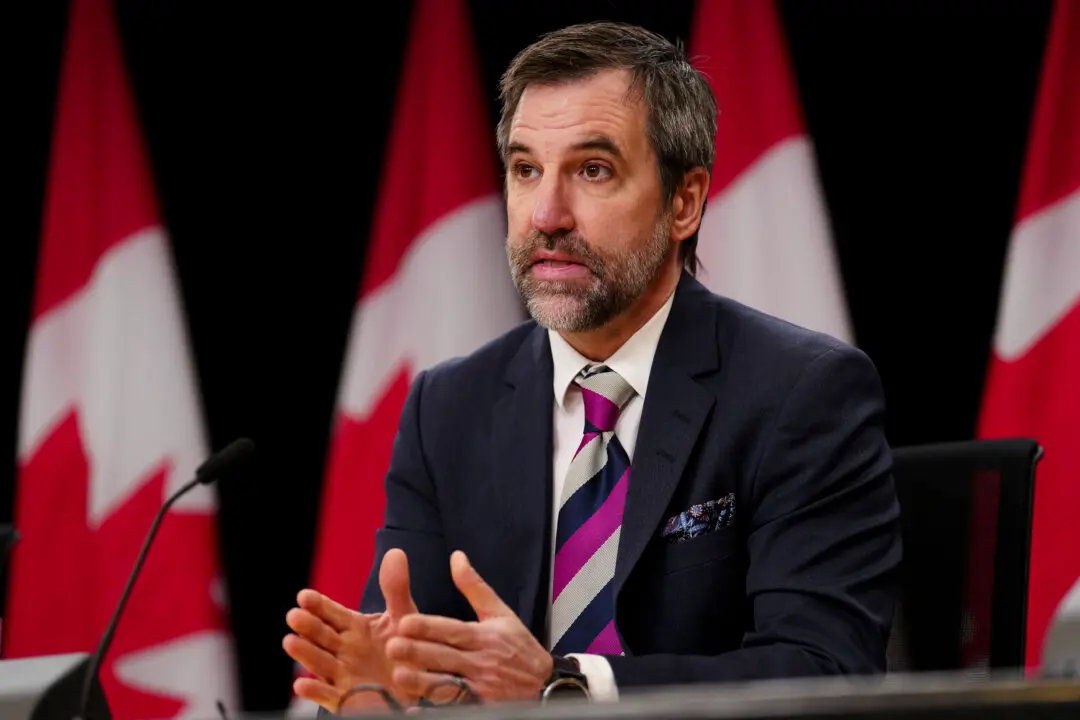News Analysis
Amid new calls for a transparent investigation into the origin of COVID-19, a parallel situation is unfolding in both Canada and the United States, where lawmakers are seeking clarity on how their federal resources provided to the Wuhan virology research facility were used.





